We have started planting interval seeds. Last week we learned about seconds, thirds, fourths, and fifths. We practiced fifths (d-s) all week.
This week we’re focusing on thirds (d-m and s-m). There are two kinds of thirds we’re going to plant in our brains: major thirds (d-m or m-d) and minor thirds (m-s or s-m).
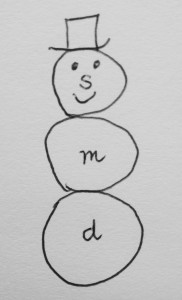
And last of all we’re going to plant a triad seed in our brain. A triad is a major third (d-m) plus a minor third (m-s), which makes the fifth (d-s) that we learned last week. When the notes are stacked up on top of each other like a snowman (d-m-s), it’s a chord called a triad. We call the do of any triad the ROOT. (Great word for planting a triad in our brains, right? From seeds sprout roots! I love it!)
Here are some songs you know that will help you remember the sound of thirds in music:
Major third: “Mary Had a Little Lamb” or “Do a Deer” (the lines that say “a female deer”)
Minor third: “Rain, Rain” or “So Long, Farewell” (from “The Sound of Music”)
And here’s a song my daughter brought home to learn for her choir recently. In googling a video of it, I realized that this song has been sung by gospel choirs around the globe! . But the song originally was “a 1967 gospel music arrangement of an 18th-century hymn” (Wikipedia) that Edwin Hawkins wrote for his group, the Edwin Hawkins singers.
The first 4 notes are thirds–la to do is a minor third and do to mi is a major third. (“Oh, Happy Day”) (la-do-do-mi).
Here’s the same song sung by a boy in Brazil. At about 0:49, you’ll here some more familiar intervals you might recognize! What do you hear?
Here’s a song written just about major and minor thirds! It gets a little confusing until you understand that he’s singing about the middle note (mi) of the triad, and whether it’s minor or major. We’ll learn more about that another day!

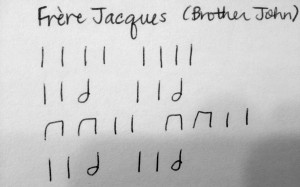
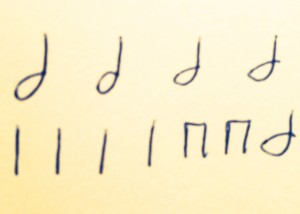

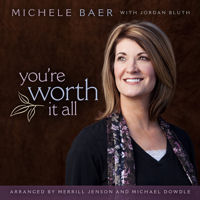
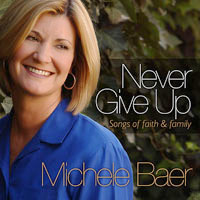 In looking for a video of that song, I discovered another darling song she and her daughter sing called “Come and Play,” from this album, “
In looking for a video of that song, I discovered another darling song she and her daughter sing called “Come and Play,” from this album, “